Which material of mirror protective film is better
2025-07-22
Mirror Protective Film Material Guide
PET (Polyethylene Terephthalate)
PET is a popular baseline option: lightweight, flexible, and affordable. Its thin structure allows easy application on flat screens, and it provides basic scratch resistance and a clear mirror effect.
- Advantages: Lightweight, flexible, affordable, easy application
- Limitations: Lacks durability against heavy impacts, may yellow over time with UV exposure
- Protection Level: Basic scratch resistance
Best for: Low-traffic devices or temporary use
TPU (Thermoplastic Polyurethane)
TPU improves on PET with better elasticity and shock absorption. Its ability to self-heal minor scratches extends lifespan, while maintaining flexibility for curved screens.
- Advantages: Better elasticity, shock absorption, self-healing, curved screen compatibility
- Limitations: Lower rigidity can slightly diminish mirror sharpness
- Special Feature: Gentler adhesive layer reduces residue risks during removal
Best for: Users prioritizing durability on curved or frequently handled devices
Tempered Glass
Tempered glass stands out for premium protection. Its hardness (typically 9H on the Mohs scale) resists deep scratches and impacts, significantly lowering screen breakage risks.
- Advantages: Premium protection, preserves clarity and smoothness, minimal distortion
- Limitations: Heavier, thicker, less flexible, higher cost for curved versions
- Special Features: Often includes anti-fingerprint coatings and enhanced reflection
Best for: Users valuing sharp mirror effects and robust defense on flat screens
Hybrid Materials
Hybrid materials combine PET/TPU backings with glass-like top layers to balance flexibility and protection.
- Advantages: Better impact resistance than PET, more curve compatibility than glass
- Limitations: Mirror clarity may slightly lag behind pure glass
- Special Options: Available with UV inhibitors or water resistance for outdoor use
Best for: Environments needing balance between flexibility and protection
Conclusion
Ultimately, the choice depends on your priorities:
- Tempered glass excels for durability and clarity on flat screens
- TPU suits curved devices and self-healing needs
- PET works for budget or temporary use
- Hybrid materials offer balanced solutions for specific needs
Assess your priorities—protection level, screen shape, and cost—to determine the best material.
You Might Also Like
-
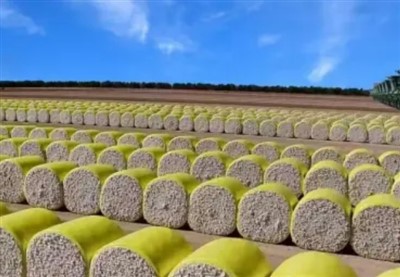
what are the advantages of cotton packaging film
-
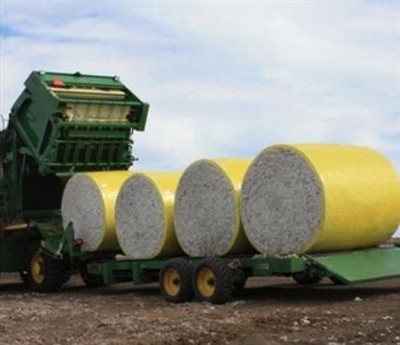
The Advantages of Cotton Wrap Film
-
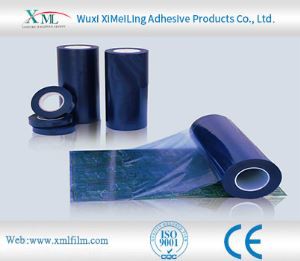
How does pe protective film cope with high temperature environment
-
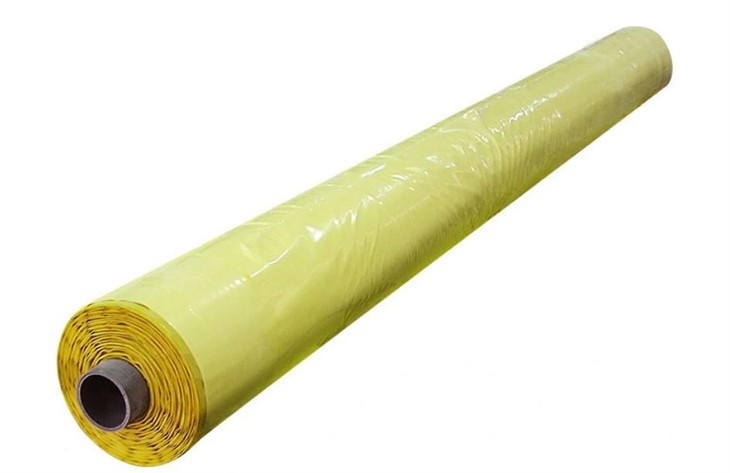
Advantages of Cotton Bale Wrap Film
-
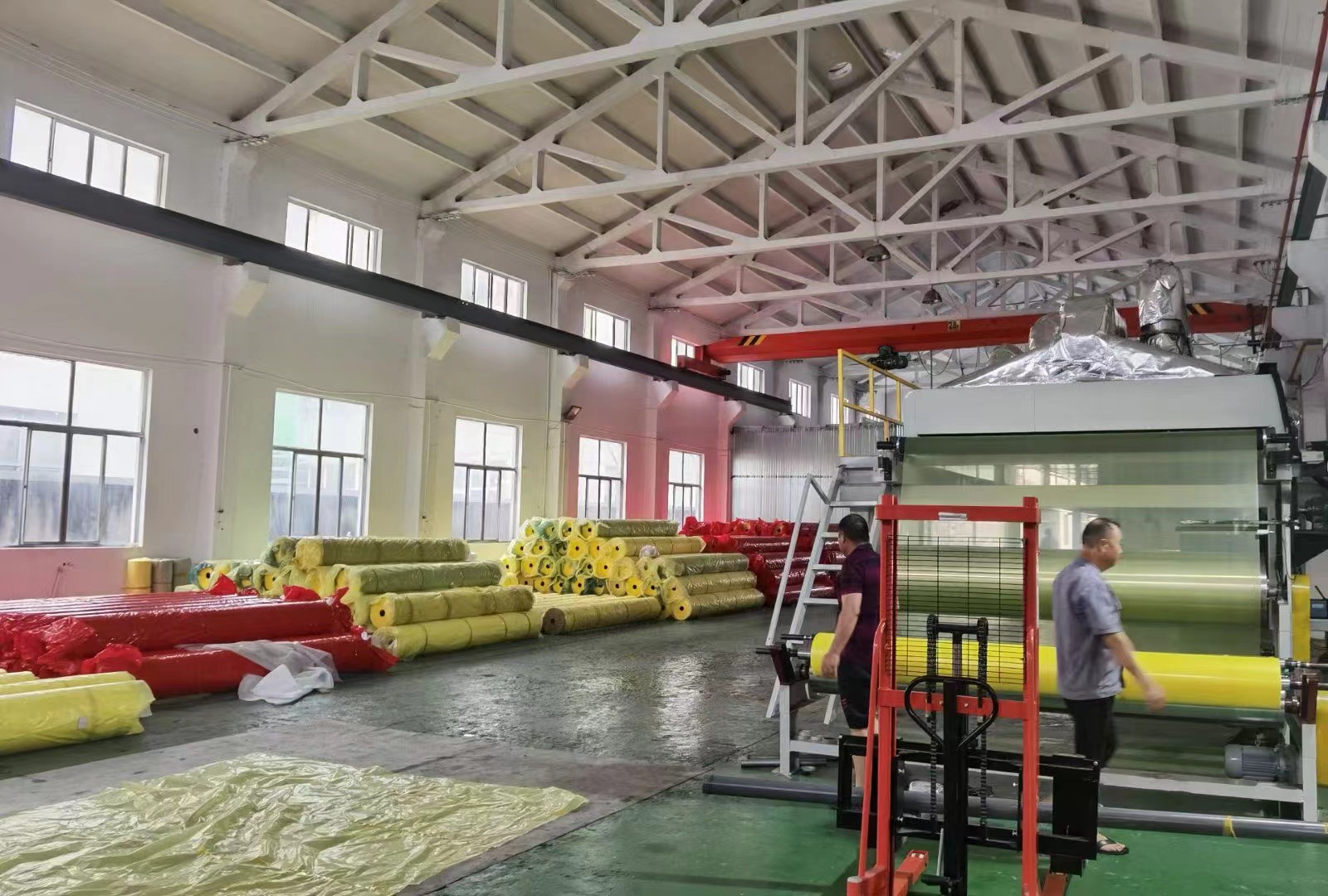
Storage method of cotton bale wrap film
-
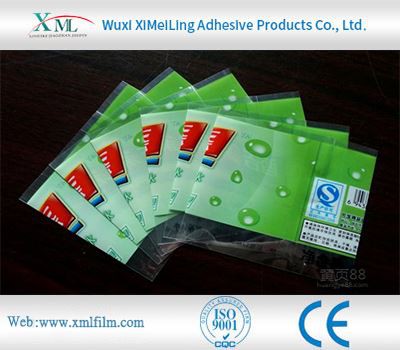
How Polyethylene Packaging Material Copes with High Temperature Environment
